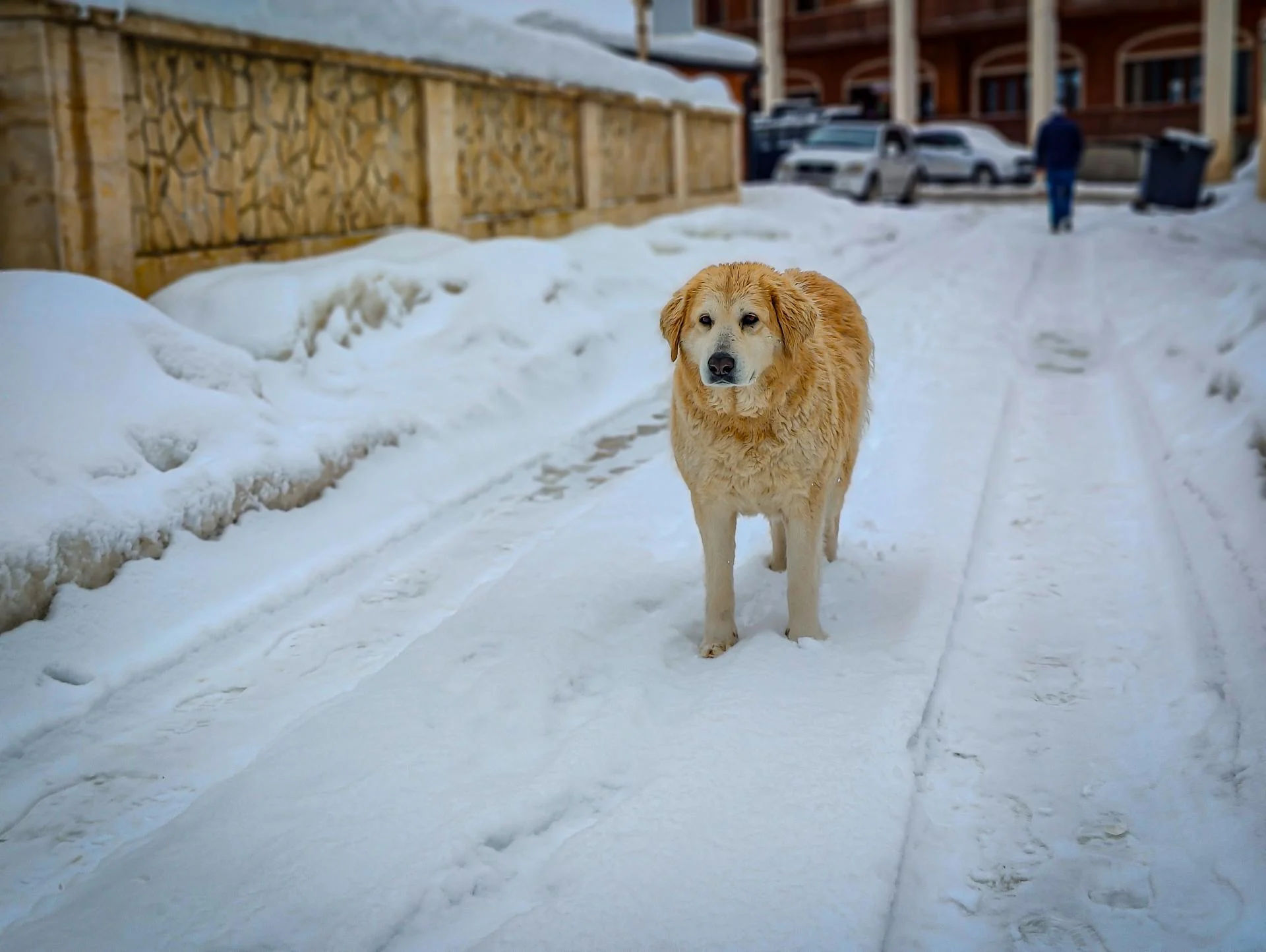
The Great Pyrenees, a majestic breed known for their gentle nature and protective instincts. They can be stubborn, but with the right approach, you can train them effectively.
Their independent streak is partly due to their origins as livestock guardians, bred to think for themselves and make decisions without human intervention. This can make training a challenge.
To overcome their stubbornness, it's essential to establish clear boundaries and rules from an early age. Consistency is key, as they thrive on routine and clear communication.
Understanding the Breed
A Great Pyrenees is a working dog, bred to guard livestock, and they thrive when given a purpose.
They're known to be calm, patient, and smart, but also a tad stubborn due to their independent thinker personality.
Their temperament is key to understanding their behavior and training needs.
Great Pyrenees bond fiercely to their pack, making them loving and loyal companions.
If you're considering bringing a Great Pyrenees home, consider your Pyr's aptitude first to ensure you're prepared for their unique needs.
Here are some recommended resources to learn more about the breed:
- 5 Things I Wish People Knew About Great Pyrenees (before bringing one home)
- A Beginner’s Guide to Great Pyrenees
- Meet the Giants: Great Pyrenees
- Great Pyrenees: Myth or Fact?
Training Strategies
Training a Great Pyrenees requires patience and creativity. You'll need to find ways to keep them engaged, as they can get bored easily.
Their independent nature means they may not understand the point of training, so you'll need to use positive reinforcement. With the right approach, you can teach them to use an Invisible Fence.
Great Pyrenees are calm, patient, and smart, but they can also be stubborn due to their independent thinker personality. This means they may not listen to you right away.
You should never force them to do something, as they'll just dig in their heels and refuse to cooperate. Instead, find creative ways to trick them into doing what you want.
It's essential to be confident when training a Great Pyrenees. They'll challenge you, but confidence is not about being harsh; it's about sticking to what you've asked and requiring follow-through.
Their sensitive nature means they need gentle guidance and positive reinforcement. Avoid hitting, screaming, or using other forms of punishment, as this will damage your relationship with your dog.
Readers also liked: Positive Dog Training
Preparing for Challenges
As you prepare to bring a Great Pyrenees into your life, it's essential to understand that they can be prone to setbacks, especially during adolescence. This is a normal phase, but it's crucial to plan for it and continue training.
Adolescence can bring out the worst in your Pyr, with shredding and destructive behavior becoming a common issue. They may look at you like you have three heads when you ask for simple tasks, making it challenging to train.
A Great Pyrenees' temperament is also a crucial factor to consider, as they're bred to guard livestock and often need a purpose to thrive. This can impact their training, making them more stubborn at times.
Maintain Humor
Losing your mind is a real possibility when facing challenges, especially with a Great Pyrenees. You'll go a bit insane trying to get your pyr to sit for five minutes or get him inside all evening.
A sense of humor is essential to survive these moments. Keep a sense of humor, or no one will survive.
Be Patient

Be patient, it's a must when training a Great Pyrenees. They do what they want on their own time, so don't be surprised if your pyr takes ten or fifteen seconds to follow a command.
Great Pyrenees are bred to guard livestock and want to have a purpose, which means they'll do better if they have a job. This is why some make better pets than others.
If your pyr is shredding things in the house and looks at you like you have three heads when you ask for a simple down, it's normal and a sign that they need more training. Plan for this to occur and never stop training.
You'll go a bit insane when you've been trying to get your pyr to sit for five minutes or get him inside all evening. Keep a sense of humor to survive the challenges of having a Great Pyrenees.
It's tempting to repeat your command over and over, but don't do it. Instead, ask your dog to sit and wait, and if they don't listen or become distracted, refocus and ask for the sit again.
If this caught your attention, see: Caesar Millan Better Human Better Dog
Training a Great Pyrenees
Great Pyrenees are bred to guard livestock, which means they need a purpose in life. They'll do better if they have a job to do.
Their temperament is calm, patient, and smart, but they can also be stubborn due to their independent thinker personality. This breed can be a tad stubborn, especially if they don't understand the point of training.
To train a Great Pyrenees, consider their aptitude before bringing them home - some make better pets than others. They're also very loving and loyal, and bond fiercely to their pack.
A quality leash, lunge line, and collar can help even out the physical part of the playing field, especially for women who naturally have an advantage in reading a dog's intent. A crate would be a nice bonus to keep them safe and occupied.
For the next 10 days, leave their leash on indoors and supervise them like they're a toddler. You can use it to make it easier to keep them in range and stop them if they get into mischief.
Intriguing read: Stubborn Dog Training
Sources
- https://www.forloveoflivestock.com/blog/great-pyrenees-wont-listen
- https://www.askthedogguy.com/great-pyrenees-ignores-female-owner/
- https://itsdogornothing.com/10-tips-for-training-a-great-pyrenees/
- https://simplifylivelove.com/train-great-pyrenees/
- https://blog.invisiblefence.com/training-a-great-pyrenees-to-use-invisible-fence
Featured Images: pexels.com


